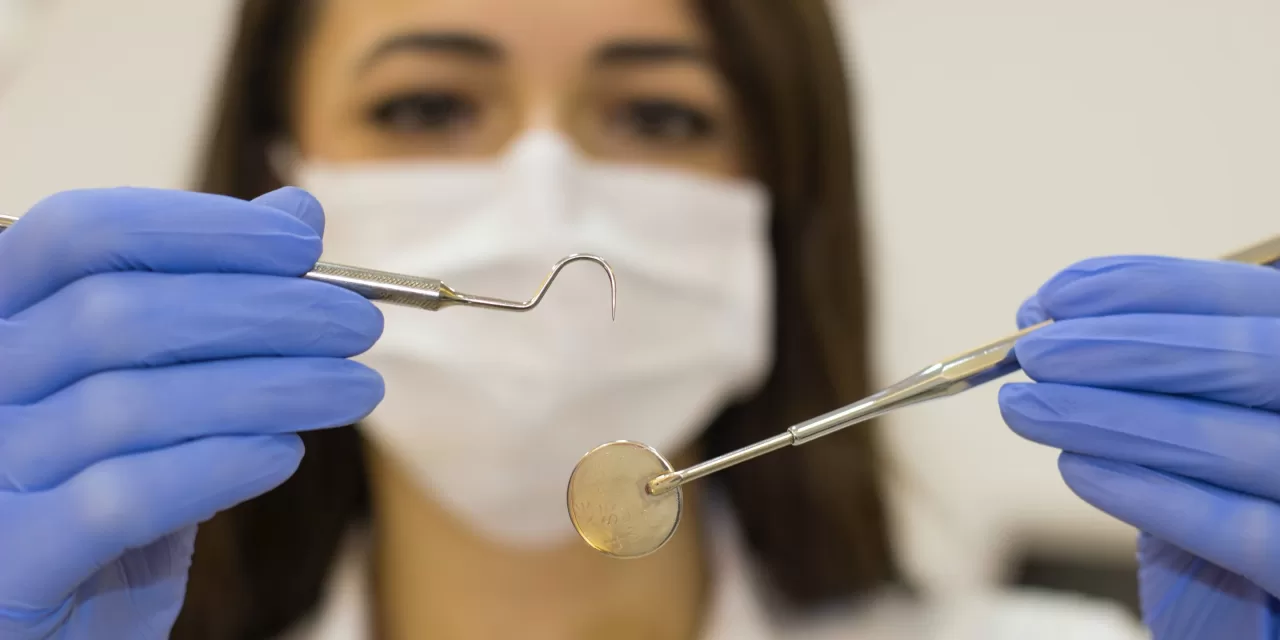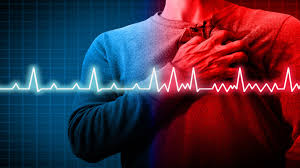In a typical dental appointment, a patient might doze off in the chair despite feeling anxious about an upcoming procedure. For many, this seems like a minor, albeit puzzling, event. However, for dentists who are familiar with recent sleep research, this seemingly innocuous moment could be a critical indicator of a potentially life-threatening condition.
A research review published in the Journal of the American Dental Association has spotlighted the role of dentists in the fight against severe sleep disorders, such as obstructive sleep apnea (OSA). This condition, affecting millions of Americans, is linked to significant health risks including cardiovascular disease and neurodegenerative disorders. The review, authored by researchers from Rutgers Health, emphasizes that dentists have a unique opportunity to identify these issues early.
According to Davis Thomas, a clinical associate professor at the Rutgers School of Dental Medicine and the senior author of the review, “Dentists can be the first line of defense in identifying sleep disorders. They often see symptoms long before physicians do. Indicators such as tooth grinding, tongue scalloping, or even a patient dozing off in the chair can be early signs that something more serious is at play.”
Sleep disorders like OSA are more common than many might think, with more than half of Americans experiencing such issues at some point in their lives. Unfortunately, many cases remain undiagnosed, presenting a significant opportunity for dentists to contribute to public health by screening for these conditions.
The review outlines several key indicators that dental professionals should be aware of, including:
- Enlarged jaw muscles
- Scalloped tongue edges
- White lines on the cheeks
- Restricted visibility of the throat
- Dental wear patterns
- Tiny cracks on teeth
These physical signs, when combined with patient history and basic screening tools, can help dentists identify at-risk individuals with up to 80% accuracy.
Thomas stresses that “It’s not just about looking at teeth anymore. We need to observe the whole patient, from their behavior in the waiting room to the subtle signs in their oral cavity.”
Another critical finding from the review is the link between bruxism (teeth grinding) and sleep disorders. Contrary to traditional beliefs, bruxism is often a symptom of underlying sleep issues rather than a standalone dental problem caused by misalignment.
“We’ve been treating the symptoms without addressing the root cause for far too long,” Thomas notes. “By understanding the neuroscience behind sleep disorders, we can provide more comprehensive care and potentially prevent serious health complications.”
To integrate these findings into dental practices, Thomas and his team suggest a straightforward protocol. This includes incorporating sleep-related questions into patient history forms, training dental staff to recognize physical signs of sleep disorders, and using validated screening tools like the STOP-BANG questionnaire. They also recommend establishing referral networks with sleep medicine specialists.
“We’re not asking dentists to diagnose sleep disorders,” Thomas clarifies. “We’re asking them to recognize the signs and make appropriate referrals. This simple act can be lifesaving.”
For dentists interested in expanding their role in sleep health, Thomas advises ongoing education. “Attend sleep medicine conferences, take continuing education courses, and stay up-to-date with the latest research,” he suggests. “The more we learn, the more we realize how much we don’t know—and how much we can do to help our patients.”
More information: Davis C. Thomas et al, The enigma of sleep: Implications of sleep neuroscience for the dental clinician and patient, The Journal of the American Dental Association (2024). DOI: 10.1016/j.adaj.2024.05.007
Journal information: Journal of the American Dental Association












